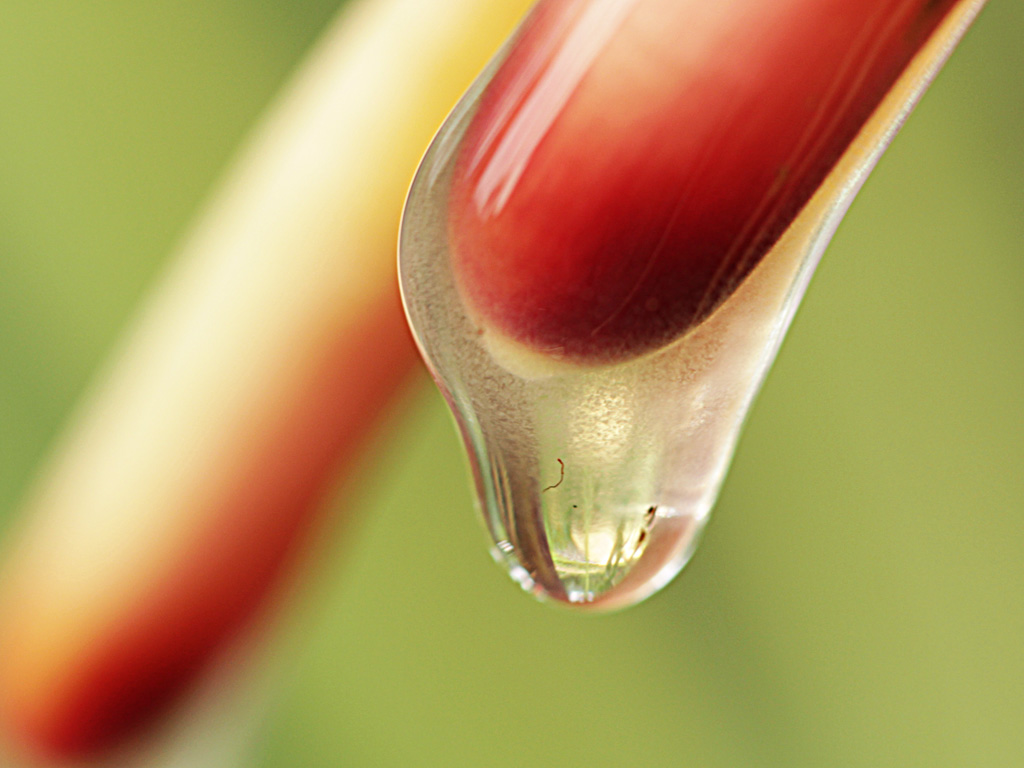 Nitrogen-fixing microbial associations with non-legumes, especially cereals, have been a topic of intense interest for more than a century since such associations could reduce the requirement for nitrogen fertilizers. For instance, sugarcane associates with diazotrophic endophytes that contribute to its nitrogen nutrition in some environments and a study based on 15N dilution experiments in Miscanthus × giganteus concluded that this bioenergy feedstock could acquire about 16% of its nitrogen from the air. These examples indicate that some monocots have the potential to associate with diazotrophs and acquire small, but significant, amounts of fixed nitrogen from the atmosphere. Indeed, it has been shown that the model C4 grass, Setaria viridis, can obtain most of its fixed N from associative nitrogen fixation following inoculation with diazotroph. The possibility that cereal crops obtain significant proportion of total N by associative nitrogen fixation has also been suggested by a 50-year assessment of global nitrogen budgets in maize (Zea mays), rice (Oryza sastiva), and wheat (Triticum aestivum) which concluded that up to 24% of the total nitrogen in these crops was derived from non-legume symbiotic nitrogen fixation.
Nitrogen-fixing microbial associations with non-legumes, especially cereals, have been a topic of intense interest for more than a century since such associations could reduce the requirement for nitrogen fertilizers. For instance, sugarcane associates with diazotrophic endophytes that contribute to its nitrogen nutrition in some environments and a study based on 15N dilution experiments in Miscanthus × giganteus concluded that this bioenergy feedstock could acquire about 16% of its nitrogen from the air. These examples indicate that some monocots have the potential to associate with diazotrophs and acquire small, but significant, amounts of fixed nitrogen from the atmosphere. Indeed, it has been shown that the model C4 grass, Setaria viridis, can obtain most of its fixed N from associative nitrogen fixation following inoculation with diazotroph. The possibility that cereal crops obtain significant proportion of total N by associative nitrogen fixation has also been suggested by a 50-year assessment of global nitrogen budgets in maize (Zea mays), rice (Oryza sastiva), and wheat (Triticum aestivum) which concluded that up to 24% of the total nitrogen in these crops was derived from non-legume symbiotic nitrogen fixation.
We recently reported that an indigenous landrace of maize found in Totontepec Villa de Morelos in the Sierra Mixe region of Mexico acquires 28-82% of its nitrogen from the air (https://journals.plos.org/plosbiology/article?id=10.1371/journal.pbio.2006352). This conclusion was supported by multiple techniques to evaluate nitrogen fixation: acetylene reduction assays (ARA), 15N natural abundance, 15N dilution, 15N gas enrichment, and nitrogen balance experiments. Interestingly, unlike most modern maize varieties, this Sierra Mixe maize develops extensive aerial roots which secrete large amounts of mucilage after rain. This mucilage is rich in arabinose, fucose, and galactose and harbors a diazotrophic microbial community which was concluded to be, at least partially, responsible for the fixation and delivery of atmospheric nitrogen to the maize plant. This conclusion suggests that mucilage is an essential determinant of nitrogen fixation in the Sierra Mixe maize landrace and suggests that mucilage secretion may play a more general role in harboring diazotrophic microbial communities in other cereals as well. The role of mucilage in providing an environment for nitrogen fixation has also been proposed in different biological systems, including the Gunnera-Nostoc and the Azolla-Anabaena symbioses. We have proposed a general model for the functional plant-microbe association supporting diazotrophic activity and suggest that this may be a general feature supporting nitrogen fixation in cereal crops. This model is intended to provide a framework to evaluate diazotrophic activity in cereal crops and, potentially, to increase nitrogen fixation in cereals by optimizing these mucilage functionalities through genetic selection and/or the structure of mucilage-associated microbial communities.
Photograph: Aerial root mucilage. The aerial roots of Sierra Mixe maize secrete large quantities of a viscous mucilage between three and six months after planting.